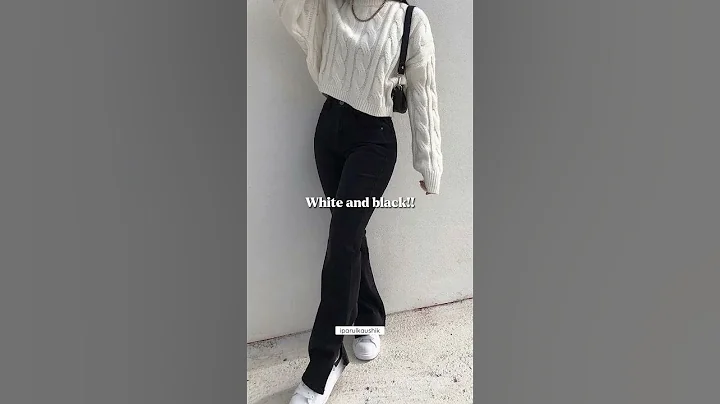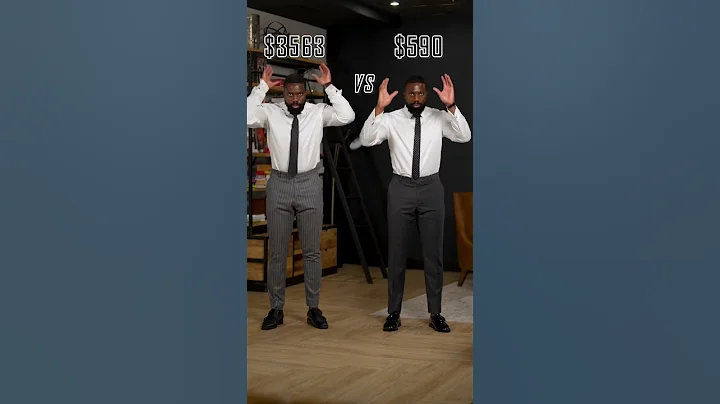In the 1930s, the Soviet Union rationed clothes and shoes so most people considered them basic necessities. Furthermore, despite the efforts of textile mills at the time, the country still suffered from a severe shortage of quality fabrics. Soviet leaders hoped to change this situation with the help of emergency relations with Europe. A Franco-Soviet treaty of mutual military assistance was signed in May 1935, and at the end of that year a French trade fair was held in Moscow, attended by a large delegation led by Minister of State Édouard Herriot . Elsa Schiaparelli is an Italian fashion designer working in Paris and a member of the delegation. As a representative of the fashion world, she proposed ideas for the future of Soviet women.

In addition to fashion designers, major textile companies and manufacturers of gloves, perfumes, liqueurs and champagne also showcased their products at the show. Schiaparelli was given a plain stall, which she decorated with scarves decorated with designs based on newspaper clippings. On a table in front of the booth, she placed some foreign fashion magazines, which immediately attracted female visitors, for whom these magazines were a novelty.

Schiaparelli later recalled the trip in her book, A Shocking Life. In her opinion, during that period, Stalin wanted the Soviet troops to wear well-fitting uniforms and for their wives to learn to dress appropriately. In addition, work clothes should look different from the clothes worn when going out: for example, even female factory workers were expected to wear evening dresses to the theater, and these were the kinds of clothing Soviet fashion designers tried to create for women.
Schiaparelli was invited to open the "Model House" fashion store on Sretenka Street in Moscow. Her task was to design a costume for ordinary Soviet women that every woman could wear, regardless of her What living conditions are like and she can easily buy them. The fashion house at that time was actually an all-consortium center, from where clothes, along with drawings, technical specifications and patterns, were sent to garment factories across the country for mass production.

Western media immediately spread the news that Schiaparelli designed clothes for 40 million Soviet women. However, this is not the case. She created an outfit that was definitely her own - a plain black turtleneck dress that could equally be worn at work or the theater, layered with a loose red coat and a zip-up knitted wool top cap. According to one report, Soviet officials disliked the coat's large pockets because they believed they could attract pickpockets on public transportation, and another said the garment was considered too simple. Later, this costume was not put into mass production.

Schiaparelli described in her memoirs how she was shown chiffon, lace and velvet clothing on models in fashion houses, which was completely contrary to what she thought was appropriate for Soviet women. Socialist fashion historian Durja Bartlett writes in her book Eastern Fashion: The Specter Haunting Socialism: “Despite the great admiration for fashionable clothing, the Stalinist economy was unable to provide it to the public. Elegant costumes from the fashion house's exhibitions were used in stage and film productions and were available only to a handful of individuals, mainly the wives of Soviet officials and movie stars.

The designer was unmoved by the Soviet government's rebuff, and she traveled from the Soviet Union. She was inspired by an unusual sight at a Moscow airport where a team of nurses set up a field hospital within minutes of arriving on the ground. The very next year, she presented hers in Paris. Spring and summer parachute series. Its core is a narrow waist dress and a simple skirt. When the model is shown, it looks like a flower floating in the water.

This is the parachute series evening dress designed by the French designer in 1936. Once launched, it was deeply loved by Soviet women at that time.
.




















